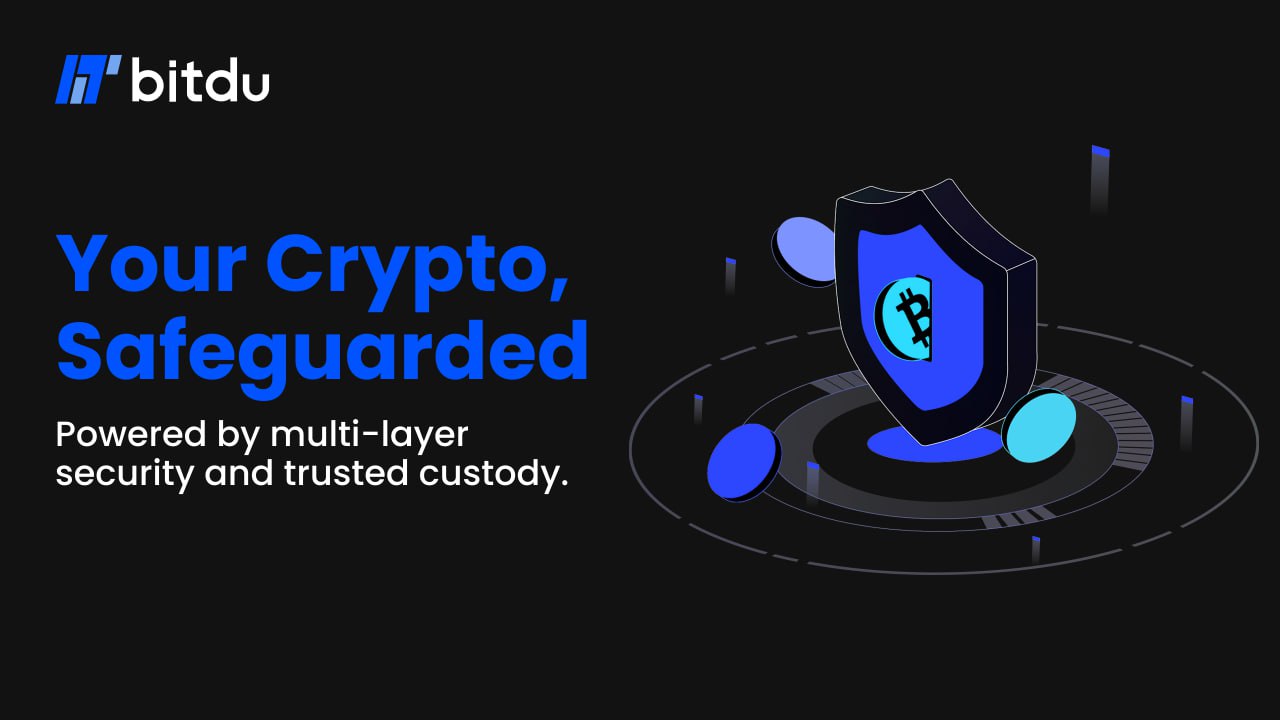Distributed consensus is a crucial concept in the realm of decentralized networks and machines. In order for these networks to function effectively, it is essential for all participating nodes or parties to agree on a single, accurate version of truth. This becomes increasingly challenging as the number of nodes or participants in the network increases.
Consider a simple example involving two parties, Alice and Bob. When Alice invites Bob to her house, reaching a consensus is relatively straightforward. If Bob agrees to go, consensus is achieved. However, in more complex scenarios, where multiple parties are involved, the need for a distributed consensus mechanism arises.
A distributed consensus mechanism ensures that all nodes or participants in a network have an identical copy of the ledger, and that there is agreement regarding the accuracy of each node’s ledger version. This is particularly important in blockchain projects, where the ledger is distributed across multiple nodes.
In the case of the Bitcoin blockchain, consensus and coordination among network nodes are achieved through a mechanism called Proof-of-Work (PoW), introduced by the pseudonymous creator, Satoshi Nakamoto. PoW requires network participants, known as miners, to solve complex mathematical puzzles in order to validate transactions and add new blocks to the blockchain.
While Proof-of-Work is the foundational consensus mechanism of the Bitcoin blockchain, other consensus mechanisms, such as Proof-of-Stake (PoS) and Delegated Proof-of-Stake (DPoS), have been developed. These alternative mechanisms aim to address some of the limitations and drawbacks of PoW, such as high energy consumption and the potential for centralization.
In a Proof-of-Stake system, instead of miners competing to solve mathematical puzzles, network participants are chosen to validate transactions based on the number of tokens they hold and are willing to “stake” as collateral. This mechanism is often considered more energy-efficient than PoW.
Another variation, Delegated Proof-of-Stake, introduces a concept of elected “delegates” who are responsible for validating transactions and securing the blockchain. These delegates are chosen by token holders through a voting process.
Regardless of the specific consensus mechanism used, most distributed consensus protocols share common properties. They typically involve a stake, which can be in the form of a store of value like a cryptocurrency or computing power. Participants are often rewarded for their validation efforts with native tokens specific to the blockchain network they are contributing to. Transparency is also a key aspect, ensuring that users can detect any attempts to cheat or defraud the system by validators or proposers.
It’s important to note that consensus mechanisms are constantly evolving in the blockchain space. Newer projects may experiment with different consensus algorithms that aim to improve upon existing mechanisms or introduce entirely new concepts.
For example, Ethereum, the second-largest blockchain network after Bitcoin, is transitioning from Proof-of-Work to Proof-of-Stake through the Ethereum 2.0 upgrade. This transition is expected to make the network more scalable, energy-efficient, and environmentally friendly.
Overall, distributed consensus is a fundamental building block of blockchain technology. It enables trust, coordination, and agreement among multiple participants in a decentralized network, ensuring the integrity and security of the system.















